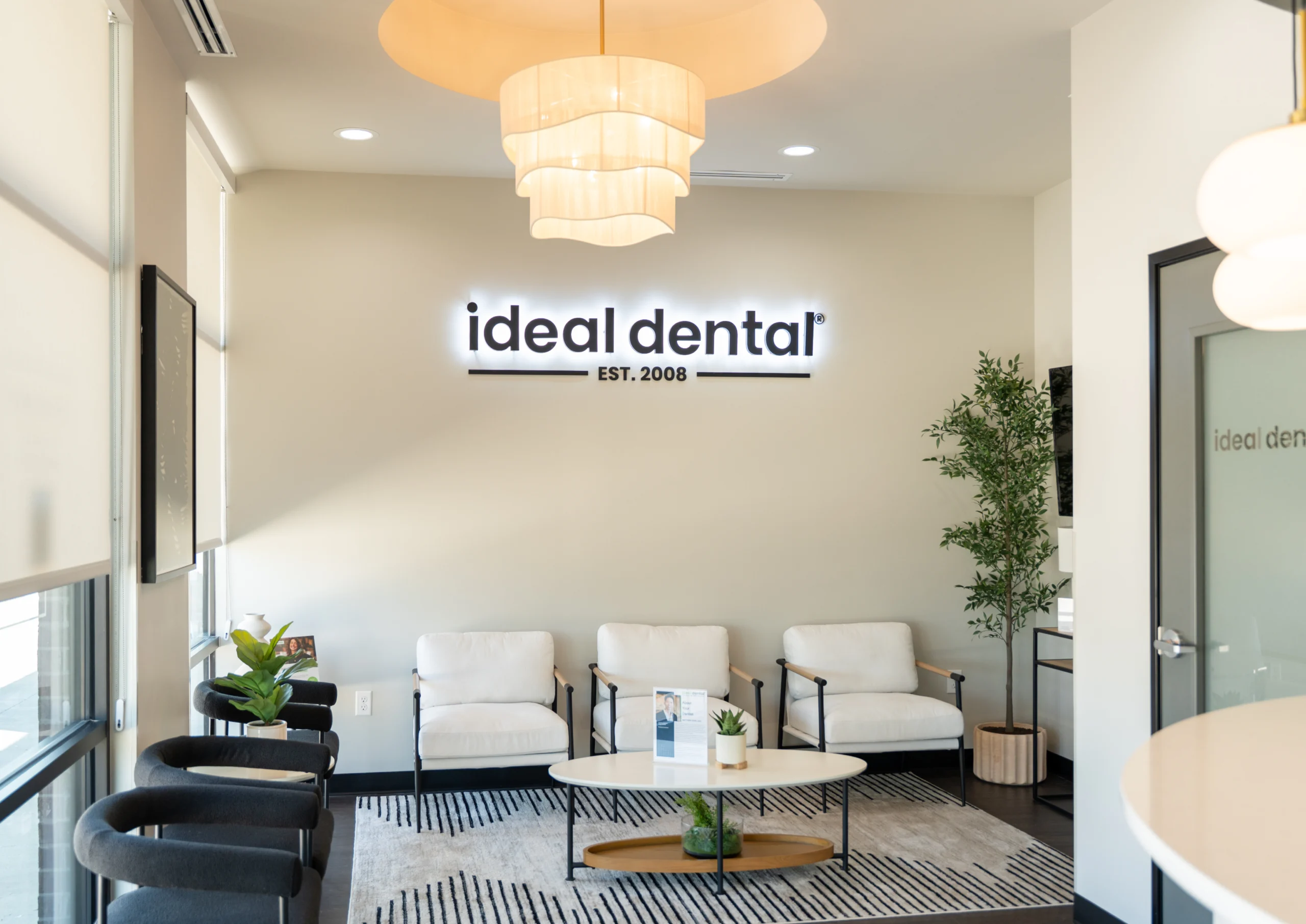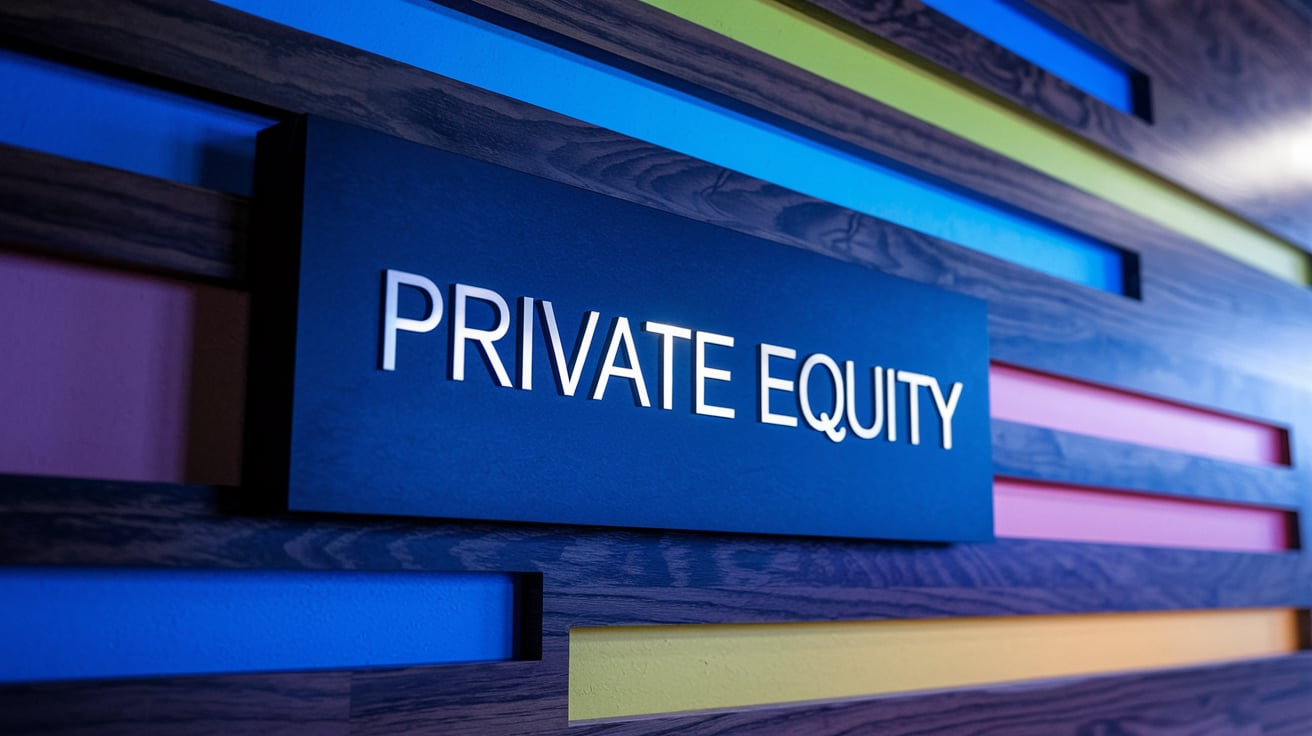Remember trips to the grocery store as a kid? Riding in the shopping cart, reaching for the Cheerios and pancake boxes? Whining till Mom would drop a coin in the electric rocking horse? Putting a nickel in the gumball machine? So Norman Rockwall. So last century!
Today, a shopping cart is more frequently an icon that you tap with your finger. And a large number of non-perishables are being purchased online at the Amazon store.
E-commerce is fast becoming a significant means of purchasing consumer package goods. This shift could quickly increase the market share of the smaller players and upend pricing. Clearly, the paradigm is changing. According to a report published by Sanford C. Bernstein, e-commerce sales have risen to 9% of category sales for health products, 5.9% for beauty care and 5.7% for pet care.
“We believe strongly that Amazon’s push into CPG is in its early innings,” the report said, noting that Amazon will continue to use its Prime and “Subscribe and Save” programs to build share.
For much of the category, e-commerce still accounts for less than 1% of sales. But Bernstein predicts online sales will reach $222 billion––or around 25% of U.S. packaged goods spending overall–– within the next decade.
According to the report, certain brands appear to perform better online than in brick and mortar stores. Bob’s Red Mill Gluten-Free Whole Grain Rolled Oats were the top seller on Amazon, while Honey Nut Cheerios were the top seller in conventional stores.
“E-commerce seems to be democratizing ‘shelf space’ as top brands do not dominate the e-commerce Fast-rising online package goods sales may seem enticing on the surface, the report argues. “But its implications will be enormous. Given that lower prices, specialized niche selections and delivery convenience seem to be the key drivers for consumers to purchase online, the outcomes for large incumbents may not be entirely positive.”
There are other implications. The rise of e-commerce packaged goods sales could also raise costs by creating different needs for package design and direct-to-consumer shipping––even lower priced e-commerce store brands.
Yes, the times, they are a changin’.
Of course, things are always changing. A couple of generations ago groceries were delivered to your door by a kid on a bicycle. Today, it’s more likely a lady driving a FedEx truck. Go figure.
We are a Dallas Advertising Agency specializing in integrated marketing.






